How to Kill Grass in Flower Beds: 6 Foolproof Ways

By Hannah Twietmeyer
Natural weed removal can be a lot of work, but it’s not impossible. If things have gotten out of hand with grass, especially, and it’s taken over your mulch and flowers, one look at your garden might prompt you to dial the nearest landscaping service. But not so fast — you’re actually able to kill off and control unwanted grass growth in a few natural ways.
From DIY natural herbicides to simple heat from the sun, we’ve rounded up six ways for you to kill grass in your flower beds to help make your garden the best-looking one on the block.
Photo via Asha Ravada
How to Kill Grass in Flower Beds with Vinegar and Salt
Avid home cleaners know that vinegar works wonders all over the house. The natural solution is non-toxic, affordable, and has the power to kill off some common household bacteria, making it a spring-cleaning staple. If grass is a problem in your garden, a DIY vinegar herbicide can help fix that problem, too.
Spritzing some distilled white vinegar on the unwanted patches of grass and weeds might be all you need to clear up your flower beds. Vinegar has a naturally acidic composition; it typically has a pH somewhere between two and three, meaning that it can effectively kill off organisms (in this case, grass) and be used as a disinfecting agent (via Healthline).
Using a spray bottle to apply vinegar directly to the problem areas in your garden will kill off visible weeds and grass, but it may not get to the root system — which means unwanted greenery could come back quickly. To reconcile this, create a stronger solution by adding one cup of salt per one gallon of distilled white vinegar (or a 1:16 salt-vinegar ratio). The salt will work with vinegar to dry out the root systems of grass and weeds.
How to Kill Grass in Flower Beds with Lemon Juice
Like vinegar, lemon juice is naturally acidic, with a pH between two and three. Because of its acidic pH level, you can use lemon juice on its own to dry out and kill off the pesky patches of grass in your flower beds, but consider combining it with vinegar for an extra boost by following these steps.
Tools and Materials Needed:
- Distilled white vinegar
- Lemon juice
- Spray bottle
- Goggles
- Gloves
- Plastic container
Step 1: Combine Vinegar and Lemon Juice
Combine 4 cups of distilled white vinegar with 1/2 cup of fresh lemon juice. Mix the liquids together so that they are thoroughly combined, and then pour them into a spray bottle.
Step 2: Apply to Grassy Areas
Gear up with goggles and gloves to protect your eyes and skin from the acidic solution, and head out to your flower bed to spritz any problem areas. Try to do so on a hot, dry day; high temps and a drier climate will help the solution dry out leaves and stems faster.
Watch Where You Spray
Photo via Andra Van Der Westhuizen
How to Kill Grass in Flower Beds by Solarization
If you prefer not to deal with herbicides at all, there are several other methods you can use to eliminate the grass in your flower beds.
The process of solarization itself is simple — it essentially uses a plastic covering and heat from the sun to smother areas in your garden that need to go, i.e. grass, weeds, etc. If done correctly, solarization can effectively kill grass without the need for chemicals, but it does take some time. Plan for a few weeks from start to finish, and keep in mind that it’s best used to clean out a large area, like if you need to kill grass to make way for a new garden. You can still use solarization to manage certain spots in your garden if you don’t want to spot-treat using herbicide, but it might be difficult to avoid trapping and killing flowers in the process.
Tools and Materials Needed:
- Garden rake
- Water hose/irrigation system
- Garden shovel
- Plastic tarp
Step 1: Clean Up the Soil
After you’ve decided on an area to solarize, clean up the area with a garden rake. Give the soil a good mix, and trim or pull any hardy growth that could puncture the plastic tarp.
Step 2: Water
Using a hose or sprinkler system, give the area a thorough drink. Don’t flood the space, but remember that moisture plays a critical role in conducting and maintaining heat once the soil is covered. Try to water the soil so that it’s moist at least 12 inches down.
Step 3: Dig a Border and Cover
Use a shovel to dig a trench to border the area you’re looking to solarize. The trench should be eight to 12 inches deep, and should completely surround the patch of soil you’re working with.
Next, grab your plastic tarp. The size of the tarp depends on the square footage of soil you need to cover, but it’s better to err on the side of excess plastic than a covering that’s too small. Neatly tuck the edges of the plastic tarp into the trenches you’ve dug, and then cover them with a mound of soil all around to weigh them down and keep the covering secure. Pull the plastic tight! You want to keep the covering as close to the soil as you can, with as little air trapped inside as possible.
Step 4: Let the Sun Heat the Soil
The goal of solarization is to get the soil temperature under the plastic up to or above 140 degrees Fahrenheit, at which it will kill off unwanted plants or break down other organic matter. That’s why it’s best to use this method during the hot summer months.
Give the area some time to heat up; the process should take about two to three weeks (at least) to kill off certain kinds of weeds and grasses, according to the University of Minnesota.
How to Kill Grass in Flower Beds with Boiling Water
One of the simplest ways to remove grass from your garden involves boiling water. All you need to do to start is grab a pot (something with a spout or a pouring device, if possible) and fill it with water. Place it on your stove and bring it to a vigorous boil, then slip on some oven mitts and carefully transfer it out to your garden. (Add a healthy dash of salt to the water for an extra dehydrating boost.)
Carefully pour the boiling water over the grassy patches in your flower beds, one by one. The scalding temperature will kill the grass immediately and soak down to the roots. If you want to be sure that it works, repeat the process; just be sure not to pour any of the hot water on the plants you intend to keep.
Photo via 2ms2
How to Kill Grass in Flower Beds with Baking Soda
It’s not just used for baking or for cleaning your home — like some of the other methods mentioned in this guide, baking soda can be an effective agent when it comes to cleaning out grass and weeds from your garden beds. However, it’s not selective, so it could possibly damage other vegetation in the process.
Using baking soda as a herbicide can be somewhat tricky. Before you reach for the Arm & Hammer, know that it won’t kill off all types of grasses and weeds, but it’s proven to work well on certain kinds — crabgrass, specifically.
To target these areas, all you need to do is shake up two or three tablespoons of baking soda with about 4 cups of water, and use a spray bottle to apply it to grassy patches. You can also simply dust areas of crabgrass with a layer of dry baking soda, but it’s best to do so after the grass has been moistened by rain so the powder sticks.
Baking soda works well on crabgrass because it’s a phytotoxic agent, meaning it damages plants through toxicity. Once the crabgrass dries out and dies, you’ll need to dig it up to ensure that the root systems are removed and pose no threat of regrowth.
How to Kill Grass in Flower Beds Manually
Nothing like some good old-fashioned yardwork! Just like you’d pull or dig up any other weeds in your flower beds, you can get your garden gloves dirty removing grass by hand.
Keep in mind — if you have a garden that is overrun by pesky grass, you may want to try a quicker, more efficient method; possibly one that we’ve outlined above, or maybe even enlist the help of a professional. Manually digging and pulling up grass can be a chore that needs seasonal maintenance, but you can do it anytime you go out to weed. Just make sure you do your best to upheave the root systems, otherwise, the culprits will keep growing back.
Have a personal favorite for natural grass-removal methods? Let us know what works well in your garden!
Enjoyed the project?
Comments
Join the conversation
-
-
 Krafty Kathy
on Oct 24, 2022
Krafty Kathy
on Oct 24, 2022
Jan,
2-3 layers of cardboard boxes worked better than the cheap landscape plastic in our school garden.
-



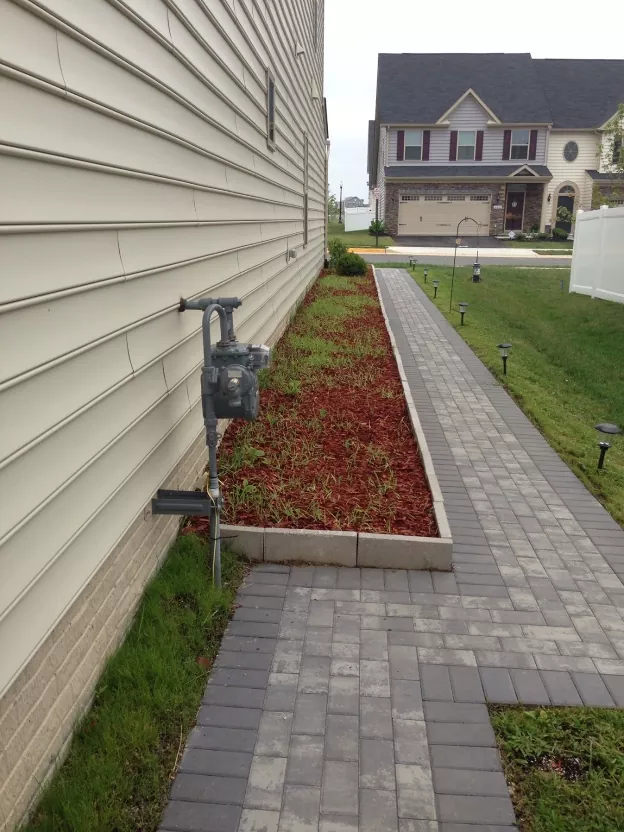


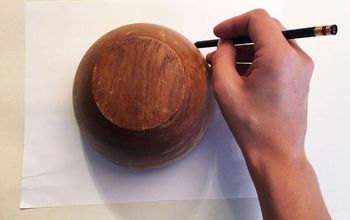
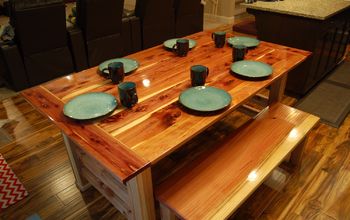
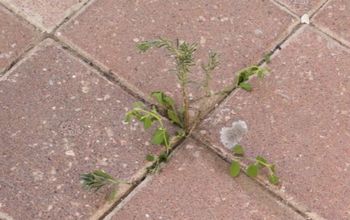
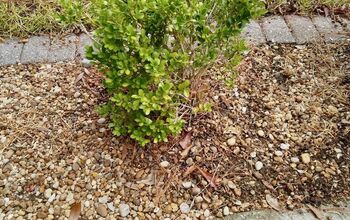

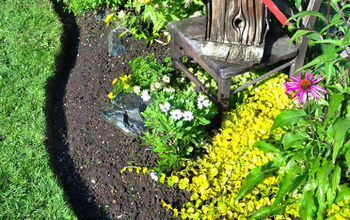
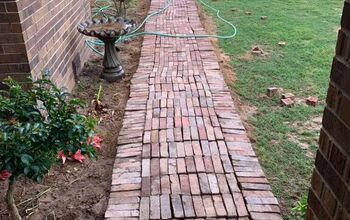
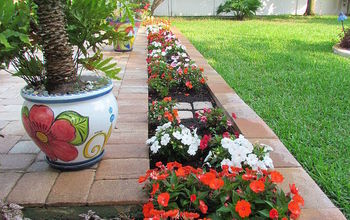
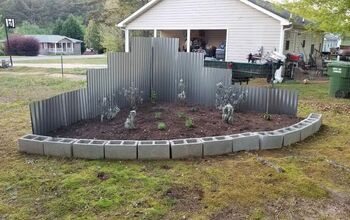
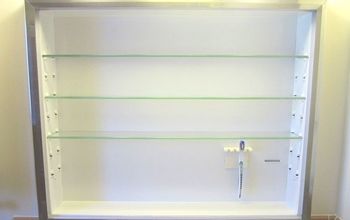

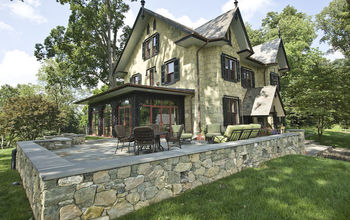
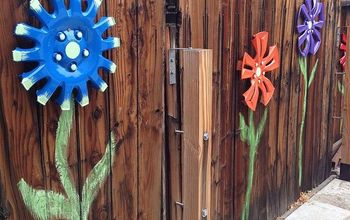

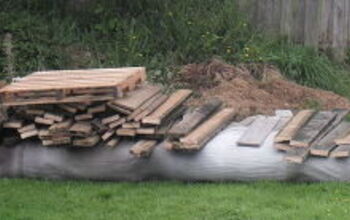
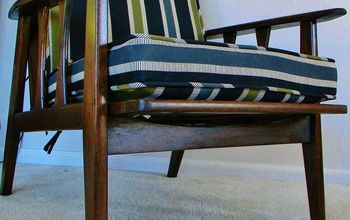
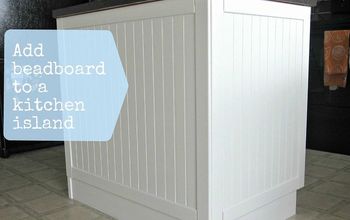



Frequently asked questions
Have a question about this project?